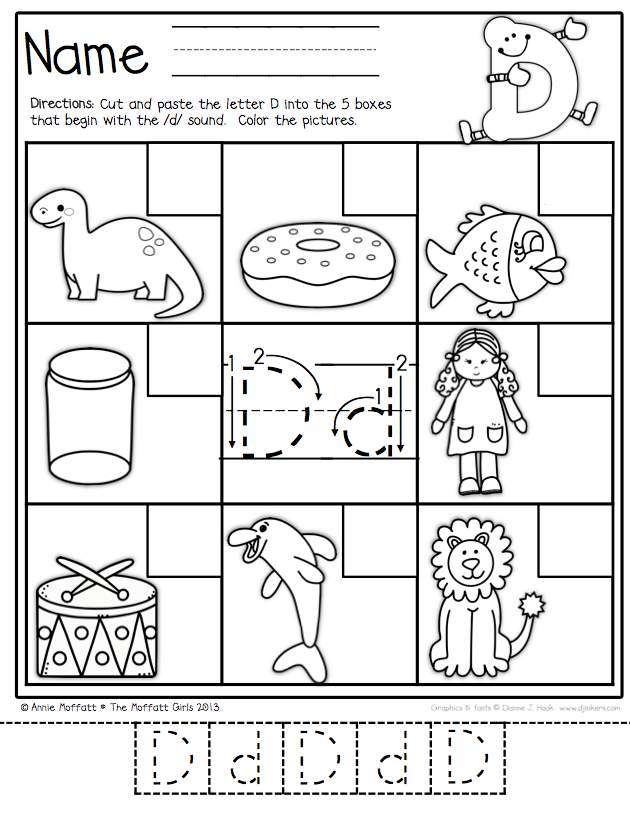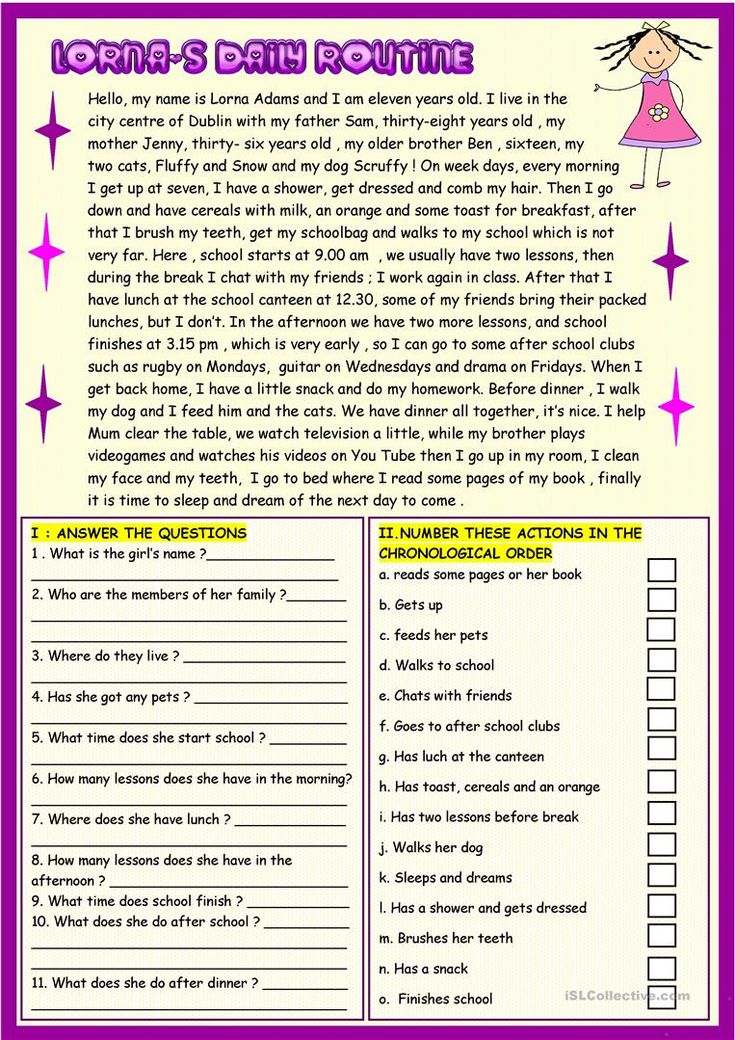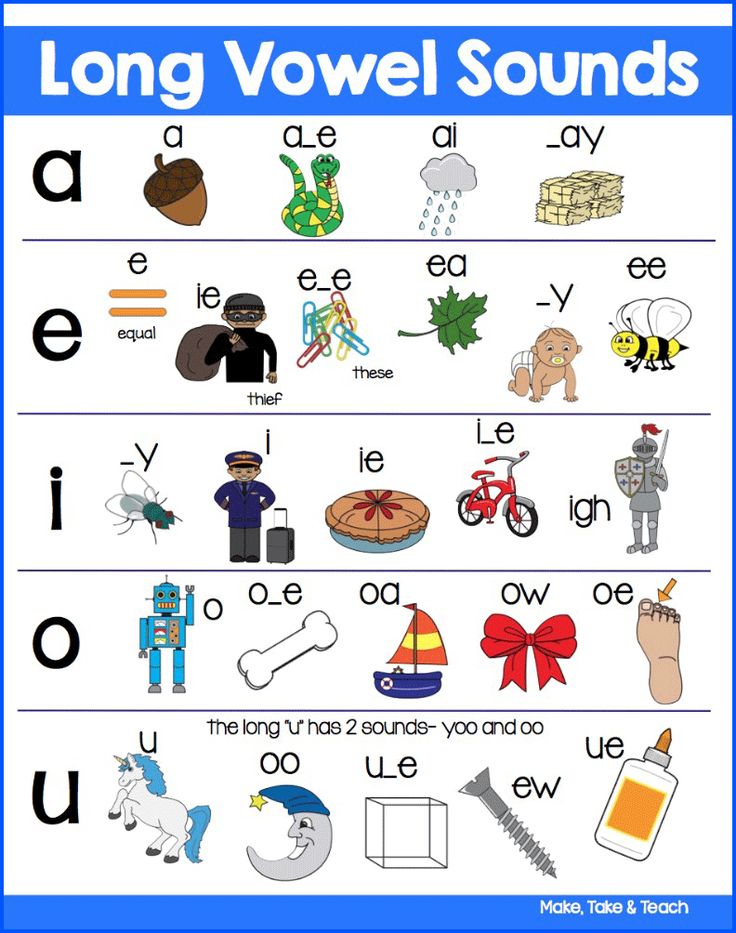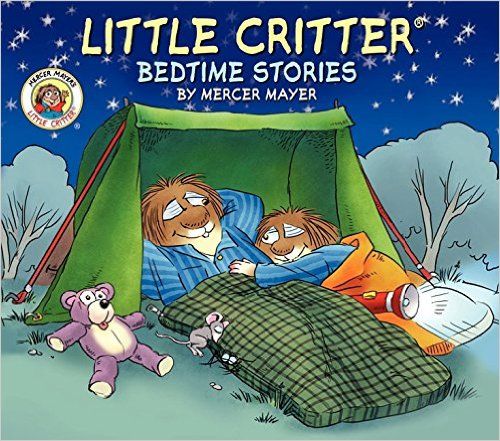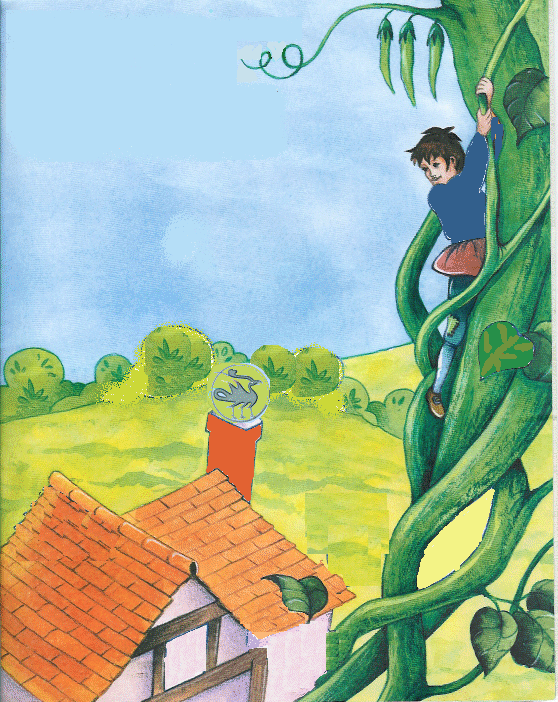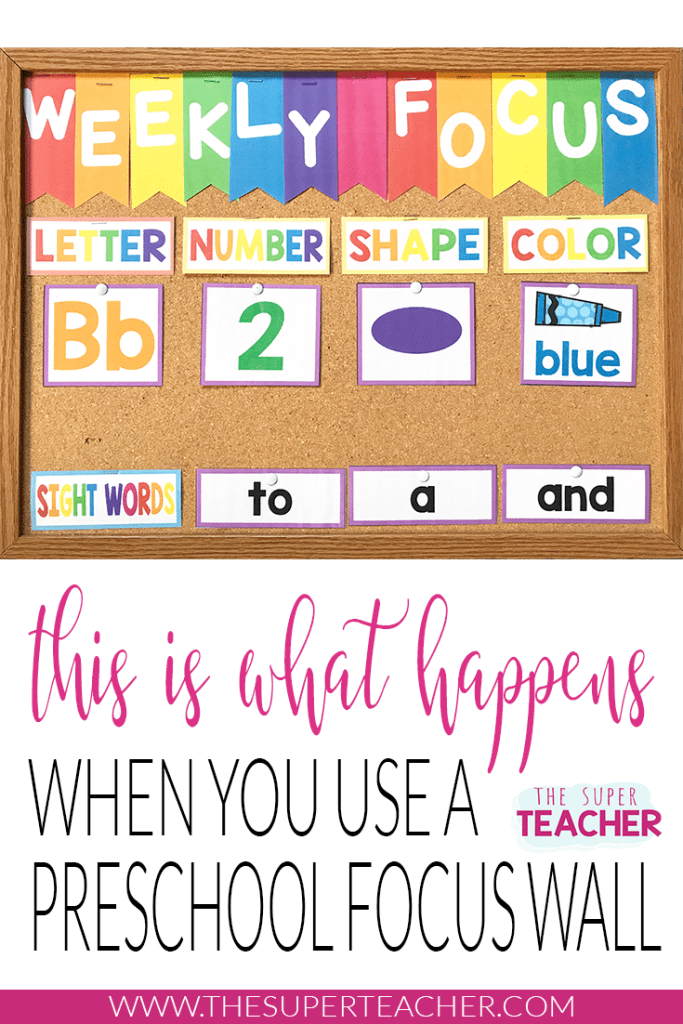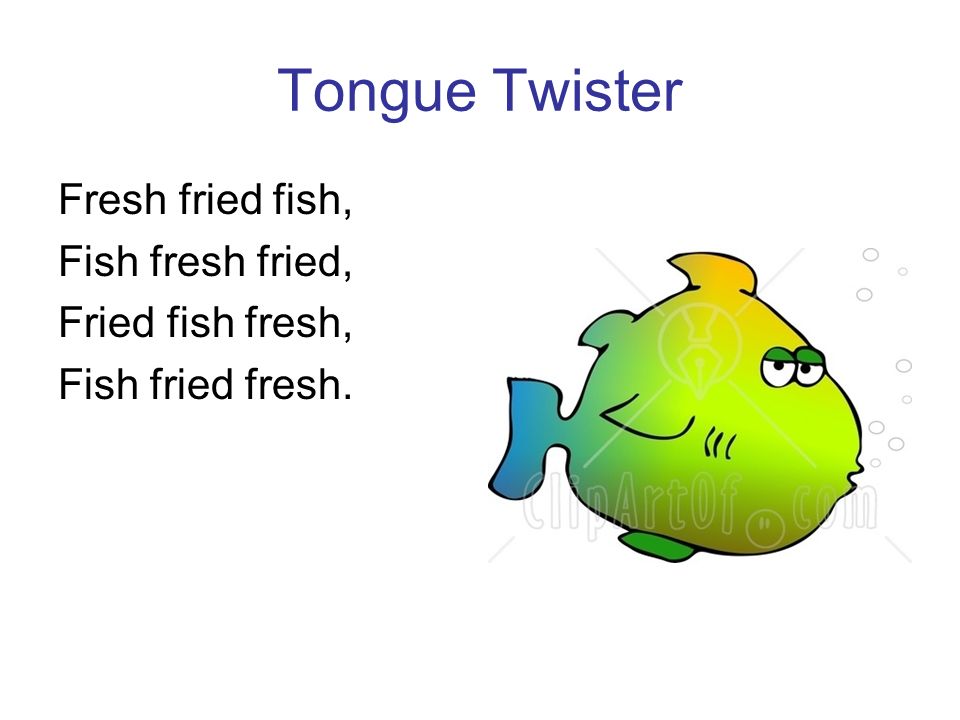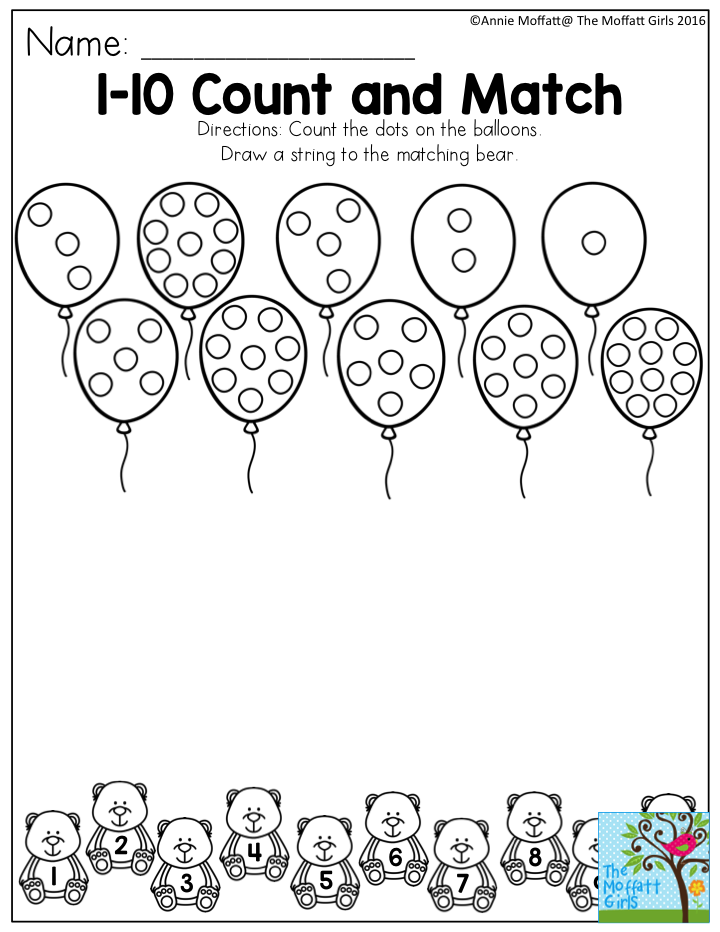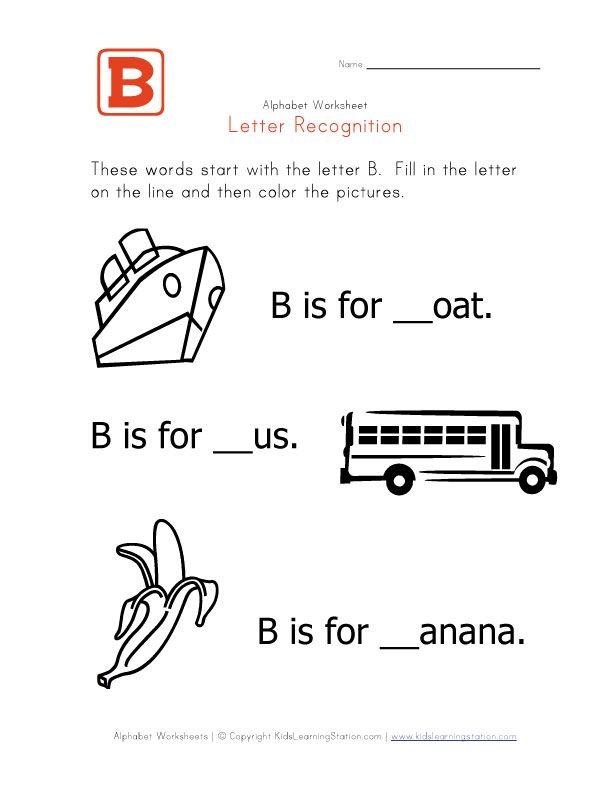Letter and sounds activities
Try These 10 Fun Phonics Activities to Teach Letter Sounds to Children
What is phonics?
Phonics is the relationship between letters and sounds as well as the understanding of how those sounds connect to form words.
For instance, the /c/ sound, the short /a/ sound, and the /t/ sound blend together to form the word cat.
What does the research say about teaching phonics?
Research indicates the importance of teaching children phonics as a preliminary step for learning to read.
Research also suggests that systematic instruction which incorporates wordplay (manipulating letters/sounds in words to change the word), writing words, and using manipulatives such as magnetic letters to create words are all effective strategies for teaching phonics.
Additionally, research demonstrates the benefits of applying a multi-sensory approach to phonics instruction.
A multi-sensory approach incorporates sight, sound, touch, and movement into instruction. This helps address a variety of learning modalities, enabling students to better absorb the information.
Ten Fun Research-Based Phonics Activities to Teacher Letter-Sounds
1. Play the game “I Spy.”
In the game “I spy” you pick something that you see and don’t tell the child what it is. The child has to guess what you see.
Here is how you can use “I Spy” to teach letter sounds (phonics):
Let’s say you see a book in the room: You can say: I spy something that starts with the letter B or I spy something that ends with the letter K.
After your child guesses what “you spy” have them tell you the sound the letter makes. If your child cannot guess what “you spy” or does not know the letter sound, provide them with assistance.
You can also do the same thing using letter sounds. For example, if you see a book, you can say “I spy something that starts with (make the sound for b)” or “I spy something that ends with (make the sound for k).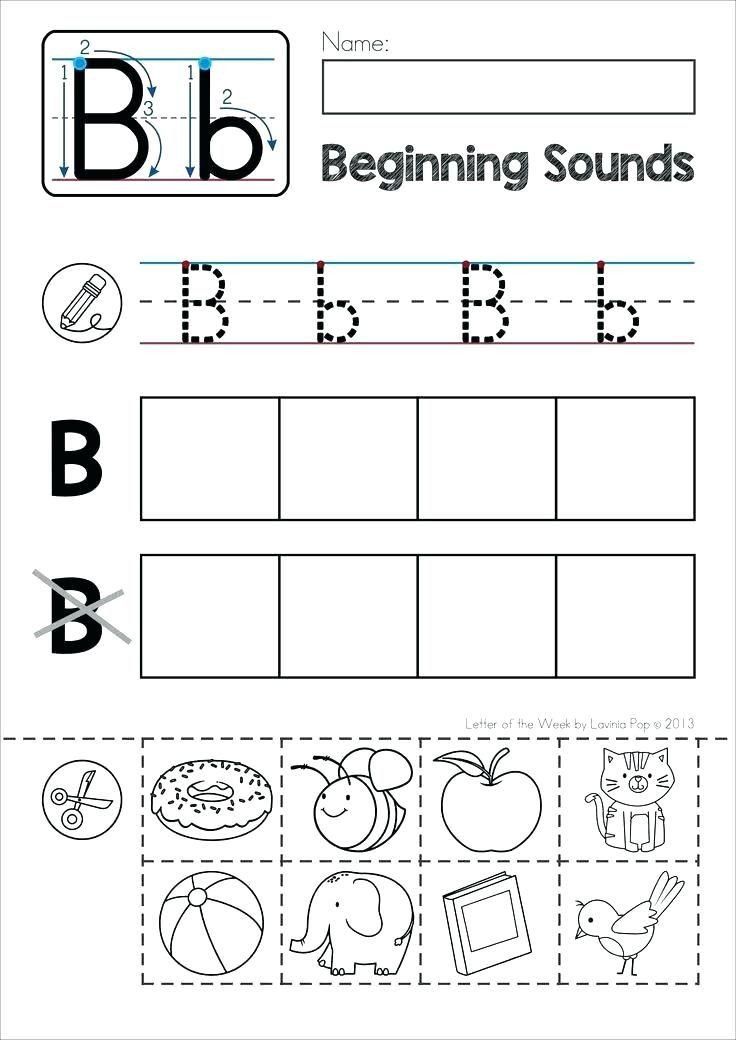
After your child finds the object, have them tell you what the first letter (or last letter) of the object is. Take turns with your child. First you spy, then they spy, or vice versa.
2. Put letters on flashcards for a fun activity.
Put one letter on each card as shown below (create upper case and lower case cards):
Here is a sample activity:
Pick three to four-letter words and scramble them up. For example, if the word is pig, put the letters out-of-order (e.g., ipg) on the table in front of your child.
Put the letters one to two feet in front of your child so she has room to work. Next, give them a sheet of paper with three (or four) spaces for letters on it, like so _ _ _.
Then tell them the word or show a picture of the word and give the instruction (e.g., “I want you to make the word pig on the lines below, using the letters above).
If you have Magnetic Letters, you can use these as well. You can also encourage your child to write the letters in with a pen or pencil.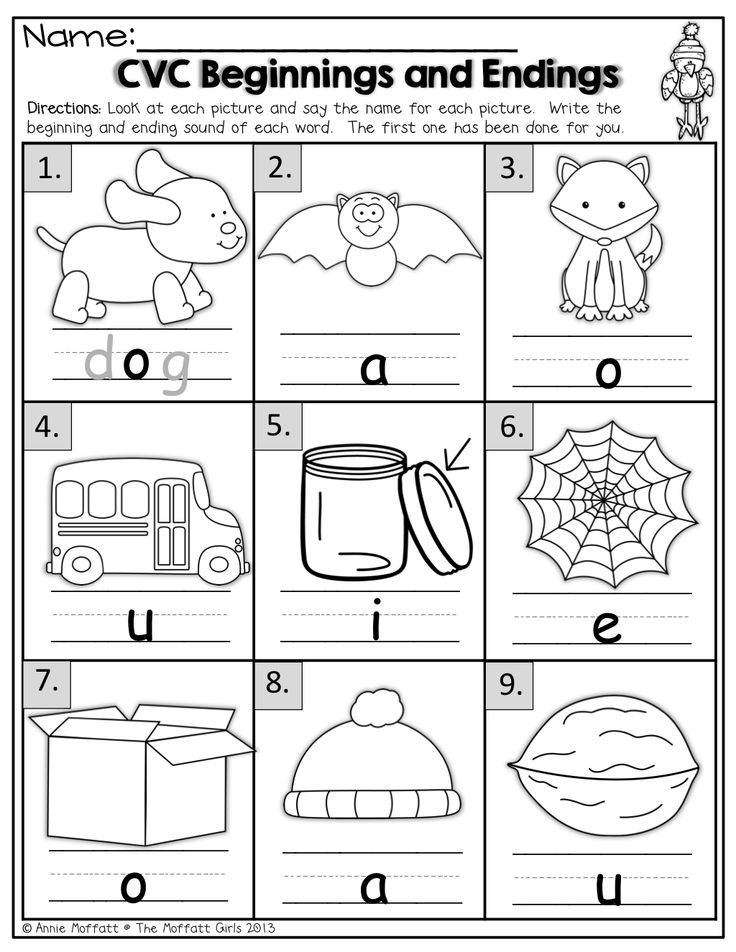
You can do word families to help your child understand that many words are spelled the same way, with only the first letter different. So after pig, try big, wig, and rig.
Rhyming practice is another helpful strategy when teaching kids about letter sounds.
3. Play letter-sound Go Fish.
Make doubles of flash cards. Each player gets five cards and the rest of the cards go in a pile in the center of the table.
Player 1 calls out a letter-sound and asks if player 2 has a match.
If they don’t have a match, tell them to “go fish” which means to choose from the pile. See more detailed rules for how to play Go Fish here.
4. Make your own phonics Bingo game.
Draw a grid or make one on the computer like the one below. (You can also print out a large version of the one below here). You can find more blank grids here).
While the grid above has 25 boxes, you can play phonics Bingo with 9 or 16 boxes also.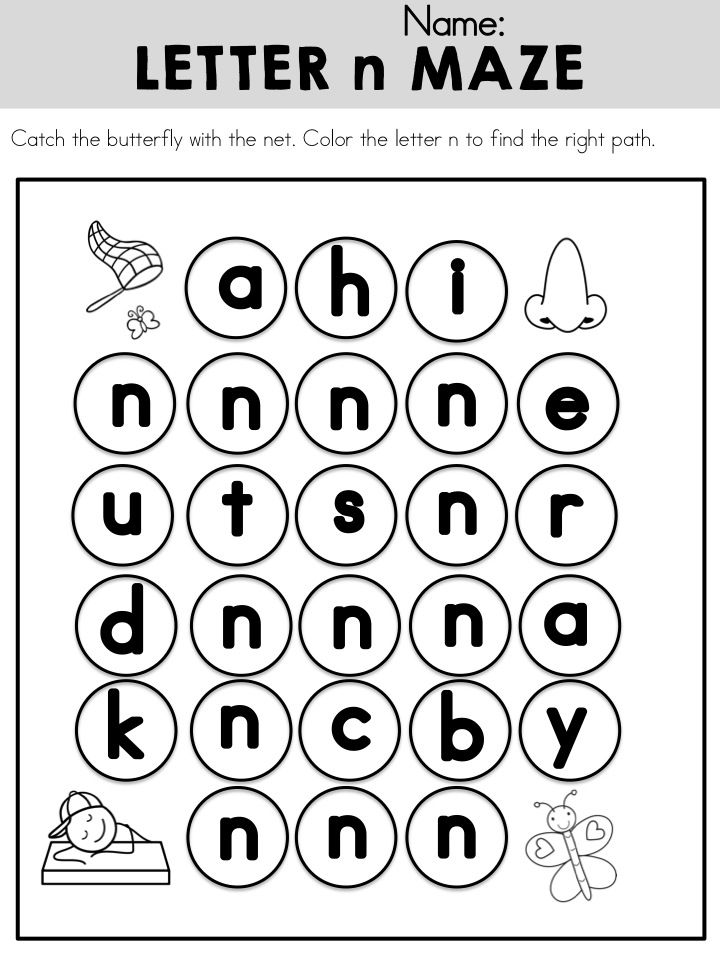
Here are four options for getting pictures into the boxes:
Option 1 – Draw something simple in each box.
Examples of simple drawings for each letter of the alphabet include an apple, a banana, a comb, a door, an egg, a feather, a girl, a hat, an ice-cube, a jar, a kite, a light bulb, a mitten, a nose, an orange, a pan, a queen, a ring, a spoon, a table, an umbrella, a vase, a worm, a xylophone (that one might not be so easy to draw), and a zipper.
Use colors to make it look fun.
Option 2 – Get images from Google Images, print them, cut them out and glue them in the boxes.
Option 3 – Go to Google Images, copy each image by hitting “control c’ or by right-clicking on the image and selecting copy, then paste each picture into each grid box by right-clicking in the grid and clicking paste or by hitting “control v.”
Option 4 – Find and print out ready-made Bingo grids by doing a search for Kids Bingo Grids
You can play the Bingo game four ways:
1 – Call out a letter sound. If your child has a picture on her Bingo card that starts with that letter sound, have her put a coin, checker piece, or small piece of paper over the picture (you can cut index cards into small pieces.
If your child has a picture on her Bingo card that starts with that letter sound, have her put a coin, checker piece, or small piece of paper over the picture (you can cut index cards into small pieces.
This will work better than regular paper because the pieces will be heavier and stay on the Bingo card better).
2 – Call out a letter. If your child has a picture on her Bingo card that starts with that letter, have her cover the picture.
3 – Call out a letter sound. If your child has a picture that ends with that letter sound, have her cover the picture.
4 – Call out a letter. If your child has a picture that ends with that letter, have her cover the picture.
When your child fills up a row, up, down, or diagonally, she gets Bingo (she wins).
5. Make flashcards with a picture on one side and the letter the picture starts with (or ends with) on the other side
You can draw the pictures yourself or make flashcards using pictures from Google Images.
To make a flashcard from Google Images, go to the Image, copy it, “right-click” on it and click copy or hit “control c.” Then go to a word document and paste (right-click and click paste or “hit control v.”).
Then print out the pages, cut out the picture, and write the corresponding letter on the back.
If you know how to insert tables, you can put several pictures on the page in table boxes, print the page, cut out all the pictures, and put the letters on the back. Here is an example:
Show your child a picture and ask them to tell you the letter (or letter sound) it starts with (or ends with). If they are correct, let them know and show them the back of the card. If they are not correct, give them two more tries.
If they do not get the letter or sound, show them the back of the card and tell them the letter and sound (then enunciate the sound as you say the word), have them say the letter/sound back to you twice and shuffle the card back in the pile. Repeat.
6. For children who have a lot of energy, turn a phonics lesson into a movement activity.
Tape four letters onto the wall as shown in the image below:
Call out a letter sound and tell your child to run to the letter that makes that sound, touch it and run back. Spice it up. Here are some examples:
-Hop to the letter that makes the sound
-Skip to the letter that makes the sound
-Tip Toe to the letter that makes the sound
7. For another movement activity, put tape on the floor, with a letter on each piece of tape.
Tell your child to start with their feet on a certain letter (e.g., start on letter A), then tell them to jump to different letters, using the letter sounds.
For example, “Jump to the letter that makes the sound (insert letter sound).”
See an example below:
As your child becomes more independent with his letter sounds, you can make the letters spell actual words. For the word cat, have three pieces of tape, C, A, T.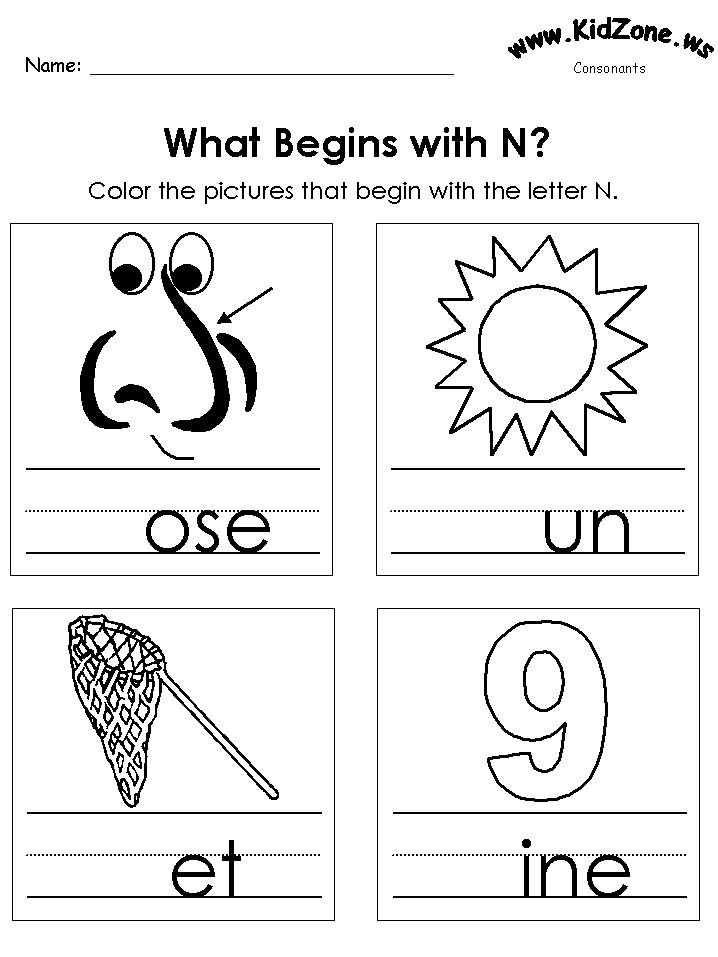
Tell your child to start at the C, then jump to the next letter in Cat, and then the last letter.
To make it more challenging, have your child spell the word backwards, by starting with the last letter and jumping in order until they get to the first letter.
Mix up the game with upper and lower case letters. The example above has three letters, but you can use as many pieces of tape and letters as you want.
Start out with a few and add more if your child is making good progress.
8. Make a worksheet, using words and pictures with your child’s favorite characters, foods, animals, etc.
You can draw the worksheets by hand or use tables in Microsoft Word. For a three-letter word, make a table with five columns and one row.
Put the picture of the word in the first box of the table (you can draw in the pictures or copy and paste them from Google Images). Put the letters in the other boxes, but leave one letter out. Have your child fill in the missing letter.
Here is an example of the worksheet:
Click here to print out your own version of this sheet.
For children who may have trouble solving this worksheet, try providing them with a letter bank to see if that helps.
See an example of a worksheet with a letter bank below.
Click here to print out your own version of a phonics worksheet with a letter bank.
9. Have your child paste letters on paper as you call out the sounds.
You can use the letter flashcards you made, like in number 2.
You can use this activity to teach your child how to spell words. Draw lines or boxes on the paper so your child knows where to paste the letters.
You can give your child the exact number of letters in the word, or throw in some extra letters to make it more challenging.
Call out the first sound in the word, have your child pick the correct letter, and paste it on the first line.
Then have them do the next sound, and so on, until the word is complete.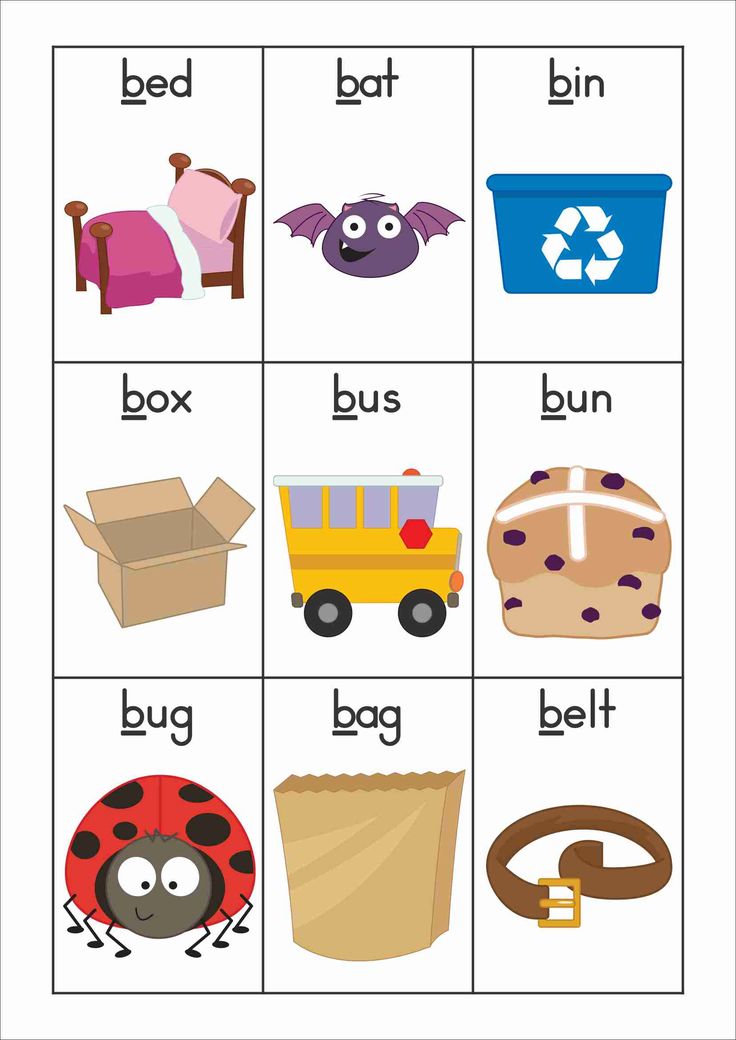
Supervise the activity, providing assistance as needed.
When your child is done, hang up their work to show them that you are proud of their effort.
You can also use this idea to teach a child how to spell their name, such as the sample in the image below.
10. Sing the alphabet sound song.
The tune is similar to the traditional alphabet song.
Here is a great example by Kidstv123. You can make up your own version as well.
What else can you do to help your child learn letter sounds?
If your child is significantly struggling with learning letter sounds or acquiring other academic skills, despite consistent practice and guidance, talk to your child’s school and/or doctor.
They can refer you to the appropriate professionals to determine what might interfere with your child’s progress and if additional strategies could help.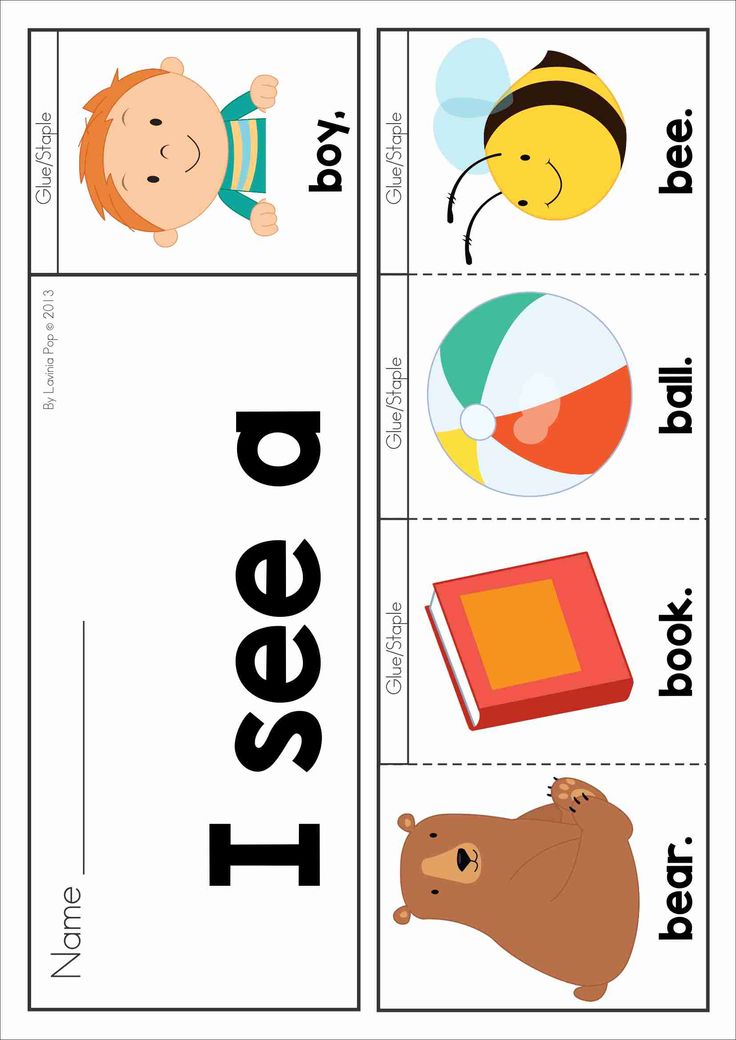
Additional Information About Teaching Phonics to Children
Keep in mind that the activities in this article are recommendations. Please do not try to pressure a child into participating in any of these activities.
This can lead to your child feeling frustrated, and possibly shying away from phonics (letter-sound) practice.
Remember to always stay calm when working with a child or student, even if you think they should be getting something that they are not getting.
If you get frustrated with them, they may start to feel anxious, angry, inferior, stupid, etc. which will lead to a less productive learning session.
Keep practice sessions short (2 to 10 minutes for younger children or children who get easily frustrated and 10 to 15 minutes for older children or children who can work for longer periods without frustration), unless the child is eager to keep going.
For suggestions on ways to encourage children to complete tasks or assignments they do not want to do, read the following articles:
- 3 Ways to Use Timers to Encourage Homework and Chore Completion
- How to Use Schedules to Improve Children’s Behavior
Video Presentation
Education and Behavior – Keeping Us on the Same Page for Children.
Rachel Wise
Rachel Wise is the author and founder of Education and Behavior. Rachel created Education and Behavior in 2014 for adults to have an easy way to access research-based information to support children in the areas of learning, behavior, and social-emotional development. As a survivor of abuse, neglect, and bullying, Rachel slipped through the cracks of her school and community. Education and Behavior hopes to play a role in preventing that from happening to other children. Rachel is also the author of Building Confidence and Improving Behavior in Children: A Guide for Parents and Teachers.
“Children do best when there is consistency within and across settings (i.e., home, school, community). Education and Behavior allows us to maintain that consistency.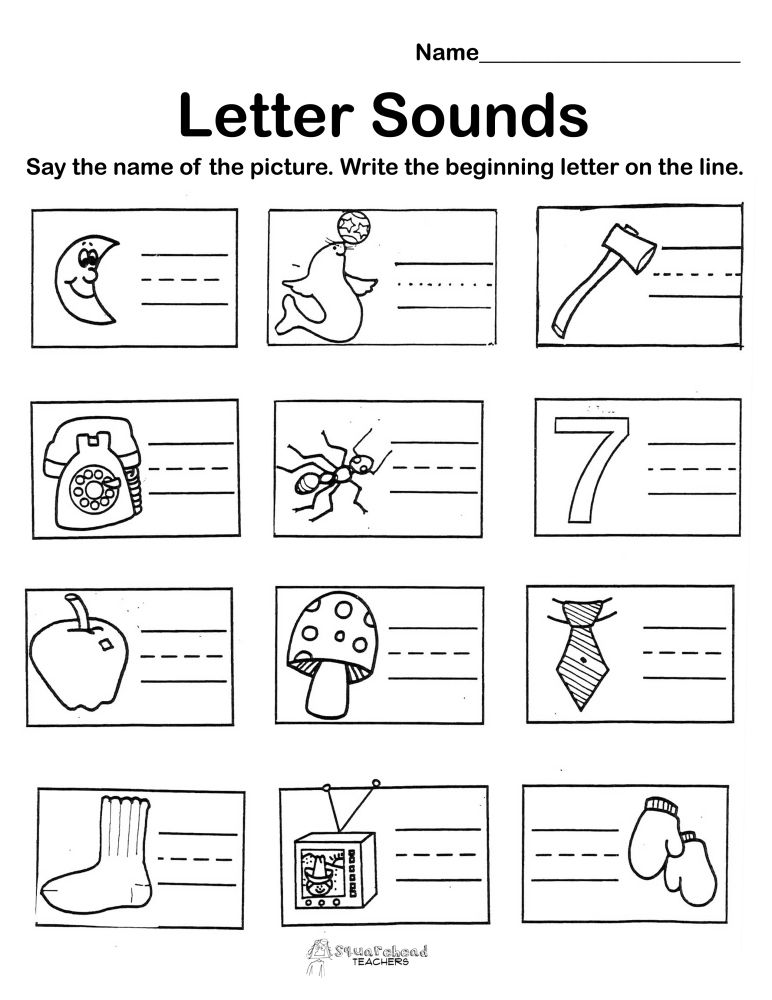 ”
”
www.educationandbehavior.com
Learning Letter Sounds - PreKinders
By Karen Cox | Affiliate Disclosure | Filed Under: Phonological Awareness
These games help pre-K children practice Letter Sound learning in a fun, hands-on way.
Sound Cups
Use 26 disposable clear punch cups and label each cup with a letter. Letter cup labels can be downloaded below. Collect a set of small trinket objects (you can ask parents and friends to send things in), such as plastic lizard, small block, watch, plastic frog, bandaid, necklace, button, dice. Place the trinkets in a basket. Children sort each trinket into a letter cup by its beginning sound.
You can use all 26 cups at one time, or select 3-4 letter cups at a time for children to focus on. When searching for items to go in the cups, look for dollar store mini toys (especially packs of animals and bugs), look at doll house miniatures, browse craft stores for mini items.
Download: Letter Cup Labels
Erase the Sound
Draw a picture on a dry erase lap board.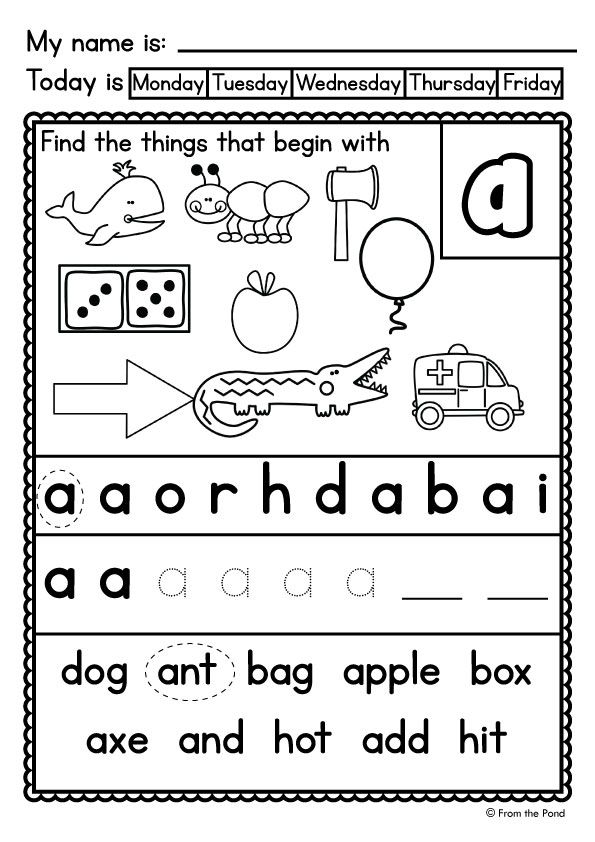 In the example below, I drew a snowman. Call children up one at the time to erase something that begins with something in the picture. In this picture, children can erase something that begins with H (hat), something that begins with B (buttons), something that begins with N (nose). Continue until everything is erased.
In the example below, I drew a snowman. Call children up one at the time to erase something that begins with something in the picture. In this picture, children can erase something that begins with H (hat), something that begins with B (buttons), something that begins with N (nose). Continue until everything is erased.
Mystery Bag
Place three objects beginning with the same letter in a bag (such as ball, bug, and button for B). Have a child pulls each item out of the bag and name each item. Have the class guess the “mystery letter”.
Guess Who?
Say three words and have the kids guess whose name begins with the same sound as those three words. For example, call out:
- lake
- lemon
- lamp
The class would guess Levi. If you have more than one child in your class (maybe Levi, Lucy, and Layton) who start with that letter sound, the class can name all of them.
I have prepared a list of words for each letter that you can use for your students.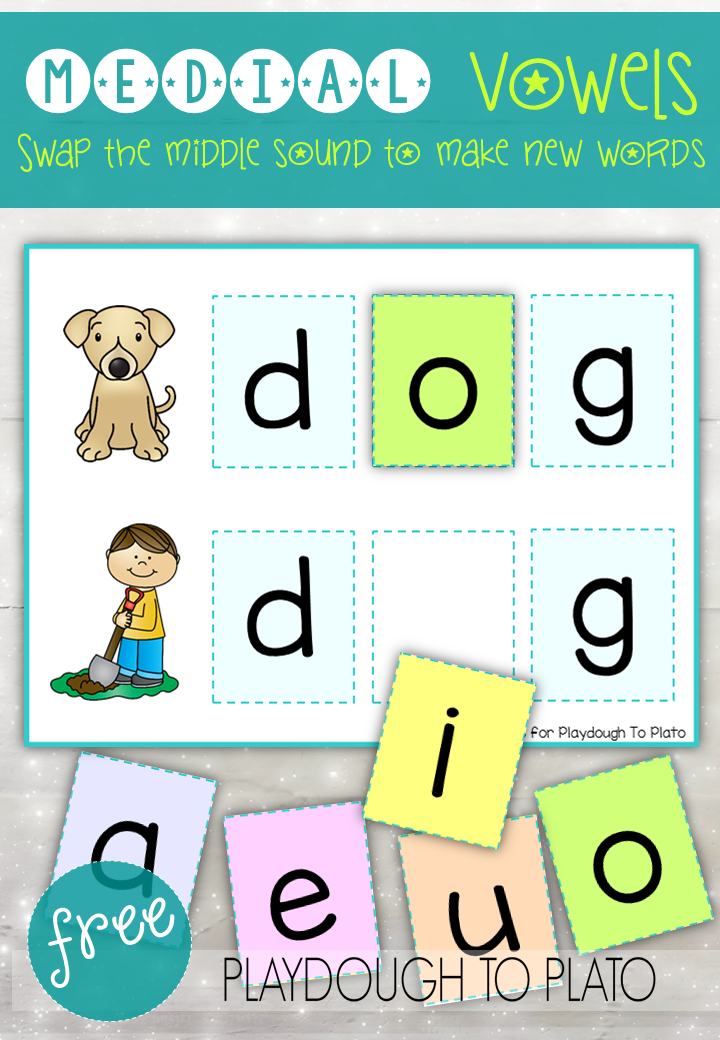 Download the list below.
Download the list below.
Download: Beginning Letter Sounds List
Monster Names
Have kids stand, stomp, and growl when you say their “Monster Name”. Replace the first letter of each child’s name with the letter M. For example, Braden’s name would become “Mad Monster Maden” and Ashlyn’s name would become “Mad Monster Mashlyn”.
Say Two Words
Say two words, and have kids stand up if the words begin with the same sound. Have them sit down if they do not. For example,
cat – cow (stand up)
hat – goat (sit down)
Letter Sounds Listening Games
Children listen for beginning sounds in words and use bingo markers to stamp a letter each time they hear the letter sound. Get the printable game here: Letter Sounds Listening Games.
Letter Sounds Activity Cards
Children look at the picture, say the word, and find the letter that matches the beginning sound. They mark the cards by clipping it or marking it with a chip. Get the printable game here: Letter Sounds Activity Cards.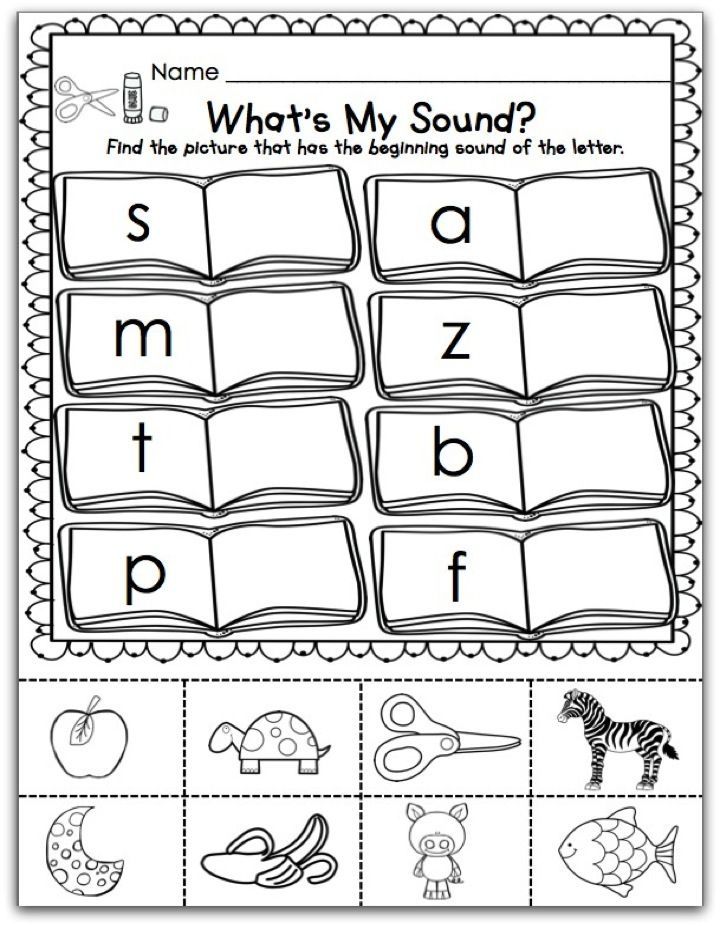
Letter Tile Mats
Children match letter tiles to the pictures on the mats by identifying the beginning sound of the words. Get the printable game here: Letter Tile Mats.
More Resources
These are available in my shop.
About Karen Cox
Karen is the founder of PreKinders.com. She also works as a full-time Pre-K teacher in Georgia. Read more...
SEARCH
Sound and letter work plan | Card file for teaching literacy (senior, preparatory group):
Plan of work on sound and letter
1. Separation of sound from a number of syllables, words.
2. Determining the place of sound in a word.
3. Inventing words for a given sound.
4. Clarification of articulation and characterization of sound.
5. Introduction to the letter.
6. What elements does a letter consist of.
7. What does a letter look like.
8. Recognition of a given letter among other letters. nine0003 9. Determination of the spatial relationships of the elements of letters, the location of the letter on a sheet of paper.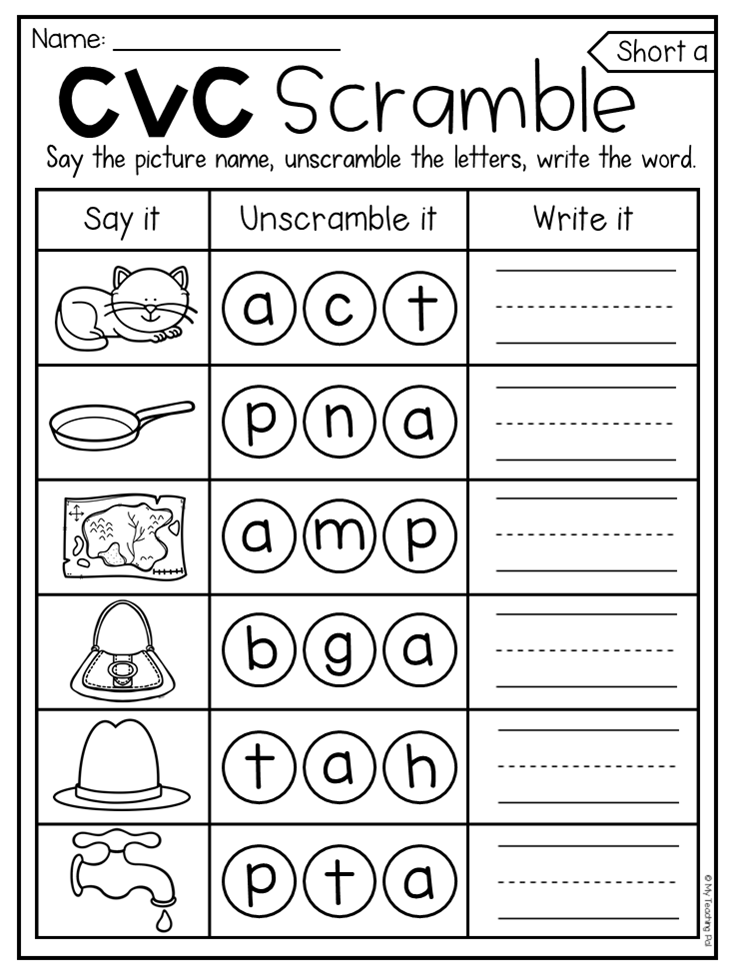
10. Work with letter tables for the distribution of attention.
Games at the level of sound and letters.
Extraction of sound from words.
Game control "Postcards"
Speech therapist shows children a postcard and names a word, 10-15 postcards - words are presented. It is necessary to remember the words and call them in the order in which they were named. For better memorization, words are linked together into a story or fiction. nine0003 Girlfriends - park - princess - poodle - bird - palm tree - postman - parcel - gift - Pavlik - briefcase - gingerbread - palm tree.
Children memorize and name words, determine which sound occurs in all these words, give it a description.
The exercise "Letter" is carried out in a similar way, but the children are presented not with postcards, but with a series of words.
Olya - autumn - vacation - island - sheep - vegetables - donkey - shoes - wasps - cloud - windows - hoop - perch - lake.
Game exercise "Light the flashlight".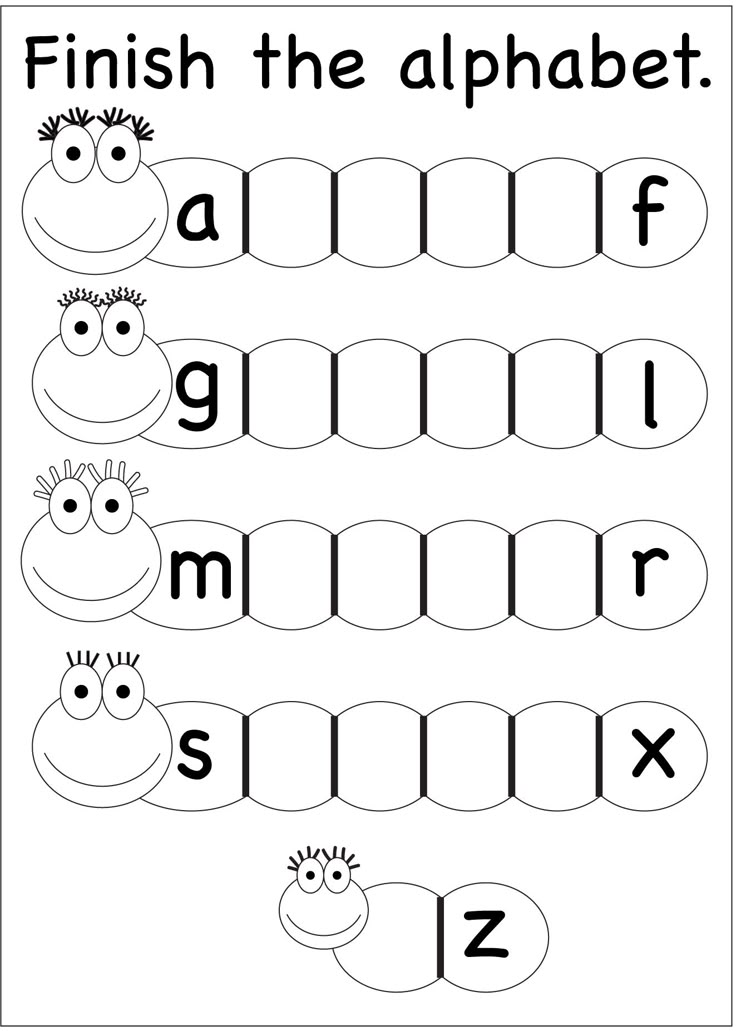 nine0003 Instruction: turn on the flashlight if there is a sound in a word ....
nine0003 Instruction: turn on the flashlight if there is a sound in a word ....
Game "Unusual flowers".
Purpose: Find a given sound in a word.
From a series of pictures - petals, children choose only those in the name of which there is a given sound and make up a flower.
Game "Fisherman"
Purpose: Determining the place of sound in a word.
Children catch cards with pictures on a fishing rod, name words, clearly pronouncing all the sounds. At the end of the game, the children are invited to name all the words again and determine what sound came to visit us today. nine0014
Game "Snail - traffic light".
This printable board game is designed for all sounds. Take, for example, a field with sound A.
Purpose: to exercise children in finding the place of sound A in a word.
Equipment: a playing field with subject pictures, red, yellow, green chips (traffic light colors) symbolize the beginning, middle, end of a word.
Game in progress. Children are divided into teams and take turns calling words, determining the place of the sound A in the word. If the sound is at the beginning of the word, a red chip is issued, in the middle - yellow, at the end - green. When all the words - pictures are named, the result is summed up. The team with the most traffic lights out of the collected chips won. nine0014
Children are divided into teams and take turns calling words, determining the place of the sound A in the word. If the sound is at the beginning of the word, a red chip is issued, in the middle - yellow, at the end - green. When all the words - pictures are named, the result is summed up. The team with the most traffic lights out of the collected chips won. nine0014
Game exercise "Traffic light".
The speech therapist calls the word, the children determine the place of the given sound in this word and raise the signal (red, yellow or green).
Game exercise "Houses".
Children's tables have houses with three windows (scheme: beginning, middle, end of a word) and subject pictures. It is necessary to determine the place of the given sound in the word and insert the picture into the appropriate box.
Acquaintance with the letter.
A stable graphic image of a letter must be formed on a polyanalyzer basis. To do this, I use such game exercises as tracing the contour of convex embossed letters with a finger, tactile recognition of “emery” letters - “Reading fingers”, the game “Wonderful bag” with letters, labyrinths - “What letters did Masha and Misha write with skates on ice”, noisy pictures - “Letters crumbled” (for example, find the letter A and circle it with a felt-tip pen along the contour).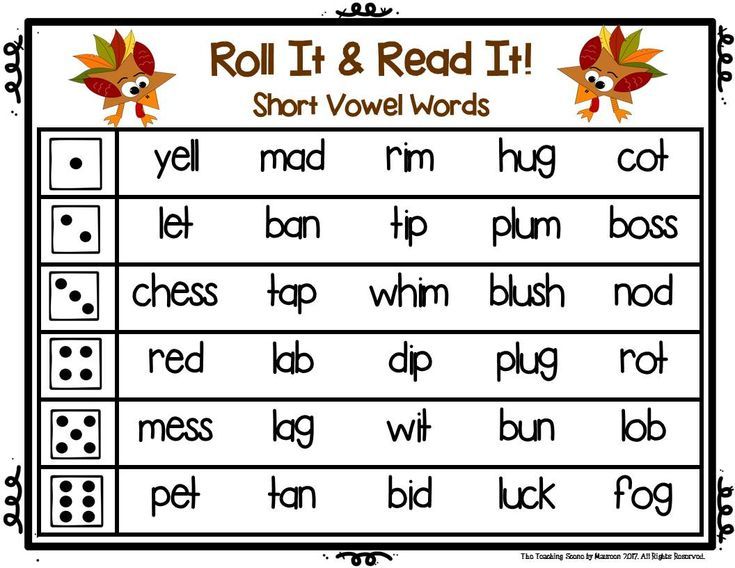 nine0003 Letter grouping. Children are invited to find all the letters on the letter table, for example, A and close them with chips or fingers. A more difficult option is when children look for 2 letters (for example, A, U) and cover them with chips of different colors or fingers of their right and left hands.
nine0003 Letter grouping. Children are invited to find all the letters on the letter table, for example, A and close them with chips or fingers. A more difficult option is when children look for 2 letters (for example, A, U) and cover them with chips of different colors or fingers of their right and left hands.
Work with alphabetic tables on the distribution of attention.
Game exercise "Twins".
For example, given a table, there are letters A in a different font, each letter in two copies is “twins”. Task: find two identical letters and close them with the fingers of the left and right hands. Work starts from the top row and goes line by line from left to right. nine0014
Game exercise "Smart felt-tip pens" or "Obediant marker".
I took the "Electronic Fly" as a basis, but in this exercise there is no support on the cage, the children do the work on a clean slate.
The setting is given: "The felt-tip pen will carry out all my commands and let's see what he will write to us.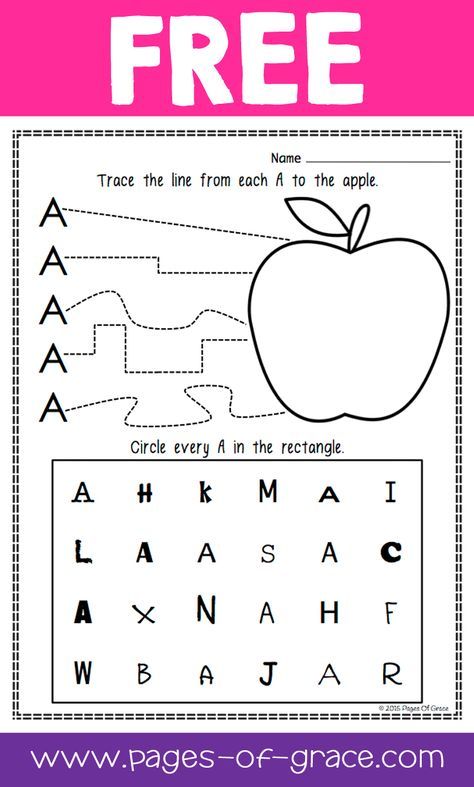 " Beforehand, I explain to the children that the felt-tip pen takes “steps” and steps only in the direction that I call (up, right, down, left). Children must follow the instructions exactly, compare their letter with the sample. The one whose letter matches the pattern wins. nine0003 For example, up, up, right, down, down P
" Beforehand, I explain to the children that the felt-tip pen takes “steps” and steps only in the direction that I call (up, right, down, left). Children must follow the instructions exactly, compare their letter with the sample. The one whose letter matches the pattern wins. nine0003 For example, up, up, right, down, down P
right, down, left, up, up, right B
Game exercise "Magic Square" - finding letters in geometric shapes.
U, X, M, P U, W, E, S
Exercises in the construction and reconstruction of letters.
Compilation of letters from matches, ropes, from the "letter constructor" (arc - semicircle, short and long stripes).
Game exercise "Transformation of letters". nine0003 Equipment: "letter constructor" for each child.
For example, make the letter "O" - O, turn the letter "O" into "E" - E, "I" - I, into "P" - P
Game exercise "Logic chains".
X l H ? P ; F K F ? P
Game "Live Letters".
"The sea worries once, the sea worries two, the sea worries three - your favorite letter freezes in place"!
Children depict letters, and the teacher or child - the leader "reads".
Work with printed texts according to the type of proofreading test. nine0003 Work at the syllable level.
Reading syllables with already learned letters allows you to automate the reading of syllables and streamline sound-letter connections. The passed letter is immediately entered into syllables. Composed of direct and reverse syllables. When reading syllables, the left hand lies on the table and it is necessary to constantly focus on what we read from left to right.
Chamomile and Butterflies.
Children like the Butterflies exercise more because they can manipulate pictures - letters, make syllables and read. nine0003 After 10-12 yuuk have been passed, an exercise such as reading syllabic tables is introduced.
Work with tables is carried out in the form of the game "Lotto" and is called "Close the window".
The speech therapist names the syllable, the children find this syllable on their tables and close it (“window”) with a chip. The work begins with the tables SG-GS, they contain direct and reverse syllables of the same letter composition (TO - OT, MA - AM).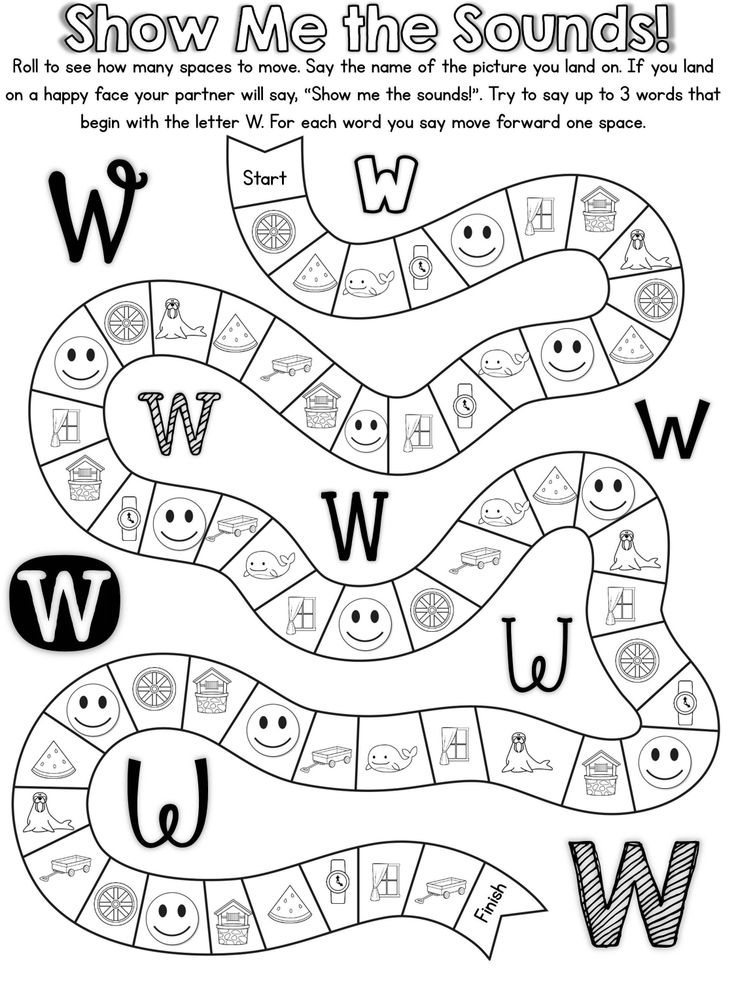
Such exercises give a good effect with regular use, complication (GHS, SSGS, SGSS) and frequent change of tables. nine0003 Exercise "Bird Market"
Invite the children to read their card in an undertone. When reading syllables, guessing is impossible; when completing a task, the child is forced to rely only on the skills of syllables.
Inventing words for a given syllable.
Game exercise "Wonderful bag". The child is invited to get a syllable, read it and come up with a word that begins with this syllable.
Game exercise "Crow tongue", "Mouse words".
In the country of the Russian language, even mice can talk, but they can only say words that can be “squeaked” - PI (those words that begin with the syllable PI-), the syllable is displayed on the board. What are these words? Piano, pajamas, cake, letter, etc. nine0003 What words can a crow say? Potato, pocket, card, etc. the syllables MU, GA, KO, KVA are played similarly.
Game exercise “Wonder tree” or “tree and leaves”.
Syllables are written on the branches. Children come up with words and fix the leaves on the corresponding branches.
Using syllabic cards, we are working on synthesis - we are constructing words. To compose words from given syllables, Voskobovich's games "Chitayka", "Nakhlobushki" are actively used in the classroom; circle game. nine0014
Game exercise "The word crumbled".
It is carried out according to the principle of a split picture, on one side of the card there are syllables, on the other - parts of the subject. If the word is composed correctly, the cards with syllables are turned over and an object corresponding to the read word will be obtained on the reverse side.
Game exercise "Fisherman".
Children catch syllables by bait, read them. When the "aquarium" is empty, the children are invited to make words from their syllables and explain their meaning.
Word chain
Purpose: to exercise children in identifying the first and last sound in words.
Equipment: cards with subject pictures.
Game progress: 4-6 children play. Each child has 6 cards. The speech therapist begins to lay out the chain. The next picture is put by a child whose name of the depicted object begins with the sound with which the word ends - the name of the first object. The winner is the one who first lays out all his cards.
Find the place of the sound in the word.
Purpose: To exercise children in finding the place of sound in a word. nine0003 Equipment: cards with diagrams of the location of the place of sound in words.
Game progress: each child receives a card. The speech therapist shows pictures and names words. If the given sound is heard at the beginning of the word, you need to put a chip in the first cell. If the sound is heard in the middle of the word, the chip must be placed in the second cell. If the sound is at the end of the word, the chip is placed in the third cell. The winner is the one who made no mistakes.
Match the word to the scheme.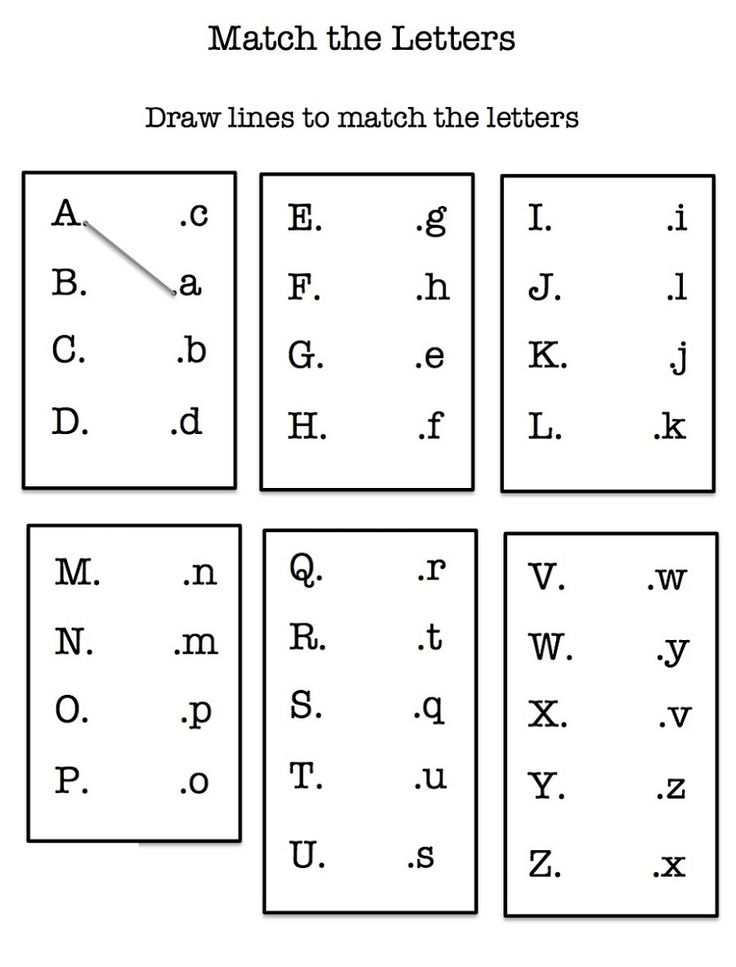
Target: Same.
Equipment: cards with sound arrangements in words. nine0003 Game progress: having received a card, the child selects 3 pictures / words with a given sound, focusing on the filled square.
Find a pair
Purpose: to exercise children in the selection of words that differ from each other in one sound. Develop phonemic awareness.
Equipment: sound clock, a set of subject pictures, words - paronyms.
Game progress: the speech therapist places 6 pictures on the clock. For example: spit - spit, com - house, poppy - cancer. Children are invited to find pictures with objects whose names sound similar and differ only in one sound. What? The child who first found these words moves the arrows to the pictures. Children find all three pairs of words. The game can be repeated by replacing the pictures with new pairs / barrel - kidney, wheelbarrow - cottage, T-shirt - seagull .... /
Turn on the TV
Purpose: to exercise children in identifying the first or last sound in words, in composing words from the selected sounds, to exercise in reading words (as a complicated version).
Equipment: TV manual, subject pictures and cards with letters, pictures for the TV screen.
Game progress: the speech therapist explains to the children: “To turn on our TV and see the image on its screen, you need to determine the first sound in the words - the names of objects placed in the upper pocket. These sounds will form a new word. If the word is spelled correctly, the corresponding item will appear on the screen. For example: matryoshka, stork, cat - MAC. The poppy picture appears on the screen. The selected sound can be marked with the corresponding letter and read. nine0014
Light the traffic light
Purpose: to develop the ability to determine the place of a sound in a word.
Equipment: subject pictures, traffic lights for each child or red, yellow, green circles.
Game progress: the speech therapist shows a picture, one child names the object depicted on it. Children repeat the word, find the place of the sound being studied in the word and raise the corresponding signal - light a traffic light - a red circle is the beginning of a word, yellow is a sound in the middle of a word, green is a sound at the end of a word.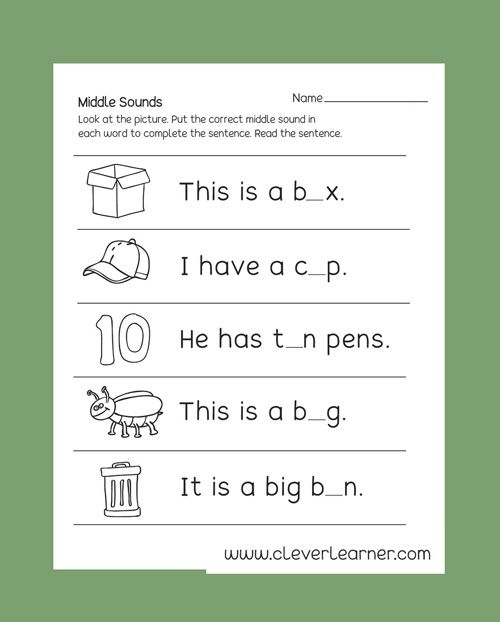 nine0014
nine0014
Houses
Purpose: development of the ability to differentiate similar sounds, find the place of a sound in a word.
Equipment: a set of subject pictures, the names of which begin with oppositional sounds, 2 houses, 3 pockets in each house (beginning, middle, end of a word).
Game progress: the child takes a picture, names it, determines the presence of a sound (for example: CH or Щ), its place in the word, inserts the picture into the appropriate pocket. Points are awarded for a correctly completed task.
Angler
Purpose: development of the ability to establish the place of sound in a word.
Equipment: small subject pictures with a metal clip, a fishing rod, cards - schemes "beginning, middle, end of a word" for each child.
Game progress: "Catch" the word, determine the place of the sound in the word and place the picture in the appropriate box. Children take turns doing things.
Mooring on a boat
Purpose: to practice reading syllables.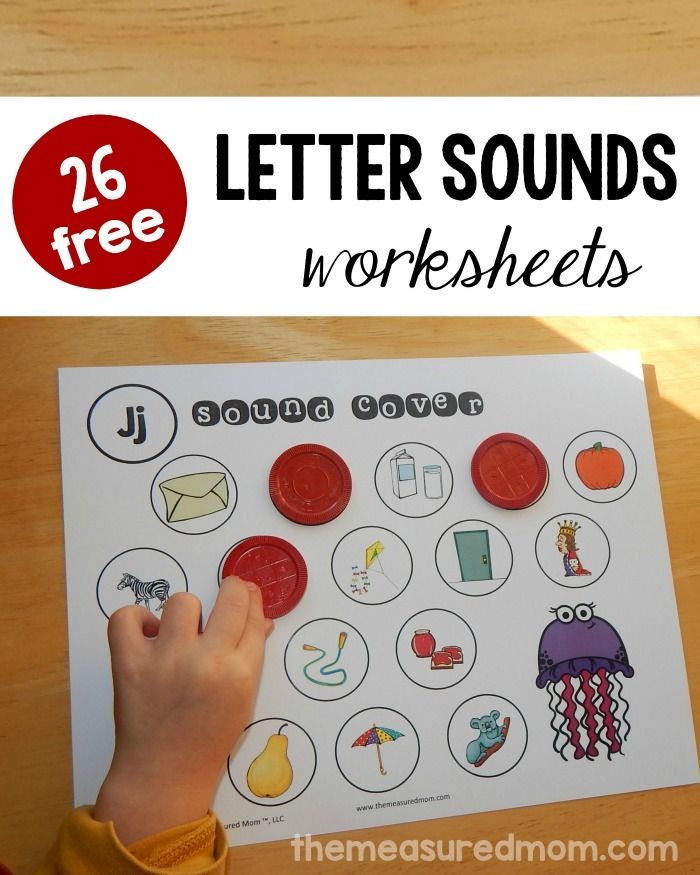
Equipment: a panel depicting moorings in vowels, a boat (drawing) with a captain and a consonant letter. nine0003 Game progress: today we will moor on a boat to different marinas. For example: on the boat "L" to the pier "A" the captain gives a signal: blow LLLAAA! Then the pier will know that the boat "L" is approaching the pier "A" and will prepare for the meeting. And what shall we load on this pier? LAMP (you can immediately draw it or put up a picture). But we still need a CHANDELIER and a LADDER to hang the chandelier. Which berths do you need to sail to for these things?
Flowers and butterflies
Purpose: to practice reading syllables. nine0003 Equipment: panel depicting 10 flowers, each flower has a vowel. Butterflies, each with a consonant letter on its wing.
Game progress: butterfly "M" flew over the flowers and sat on the flower "U". the speech therapist places the butterfly to the right of the letter. What song did you get? MU. And now the butterfly has crossed to the other side of the flower, what happened? MIND.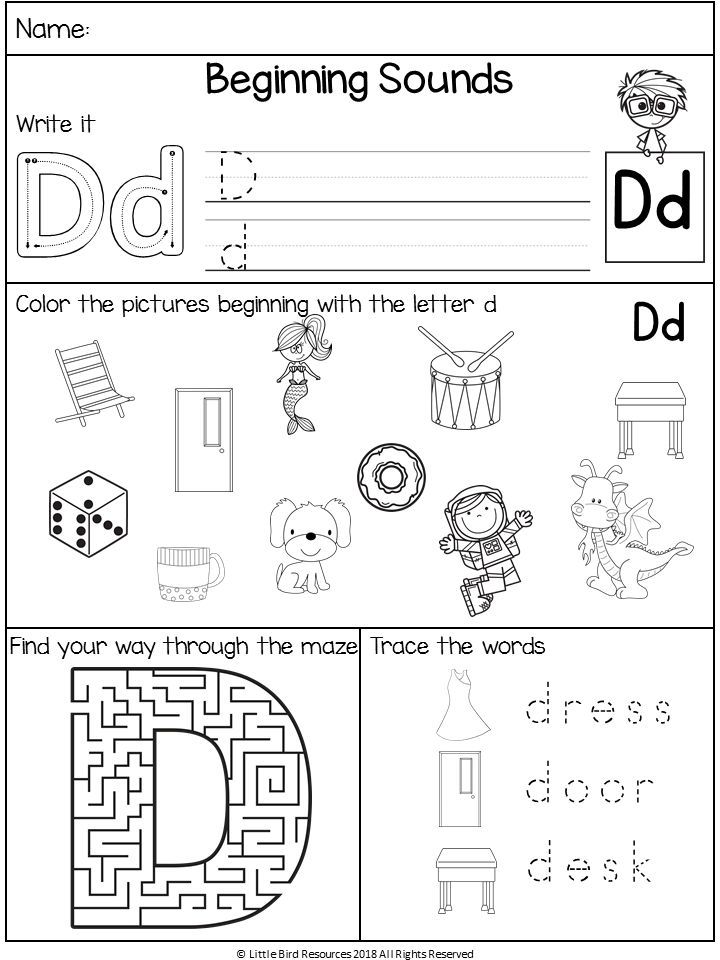 Further, children independently
Further, children independently
Work with problematic letters and pronunciation through the eyes of a child
When a child turns three years old, he enters society. During this period, it is important for parents to pay attention to the speech of the child in order to teach him to communicate freely with others. nine0014
Remember how babies express their thoughts. They listen carefully to the words of adults, remember the names of objects. Gradually, in his own way and clumsily, the baby pronounces the first syllables, then words and sentences. The speech of the child is often incomprehensible to outsiders, but the baby does not feel discomfort. After all, his mother understands all his requests. She is always nearby, and she will understand her little one without words.
But at the age of three a child comes to a kindergarten and gets to know his peers. He starts attending various events. During this period, speech becomes an important tool for the child to communicate their needs. Words help to express oneself: to ask for something, to protest somewhere, to simply say to someone: “let's be friends!” nine0014
Words help to express oneself: to ask for something, to protest somewhere, to simply say to someone: “let's be friends!” nine0014
Other children and adults ask the child again, his requests are sometimes incomprehensible to them. There are difficulties in interaction.
Shyness and slurred speech are a serious obstacle in communication And speech therapists in kindergarten usually work with children who have reached the age of five. How to help a child in the period from three to five years?
From simple to complex in 4 weeks
A positive result will appear only from the daily activities of the parents and the child. By devoting just half an hour a day to a particular sound, in about a week you will notice general improvements in diction.
Progress is easy to explain:
- Before starting classes, the child does lip and tongue exercises;
- The child understands that what matters is not the number of words, but the quality of their pronunciation.
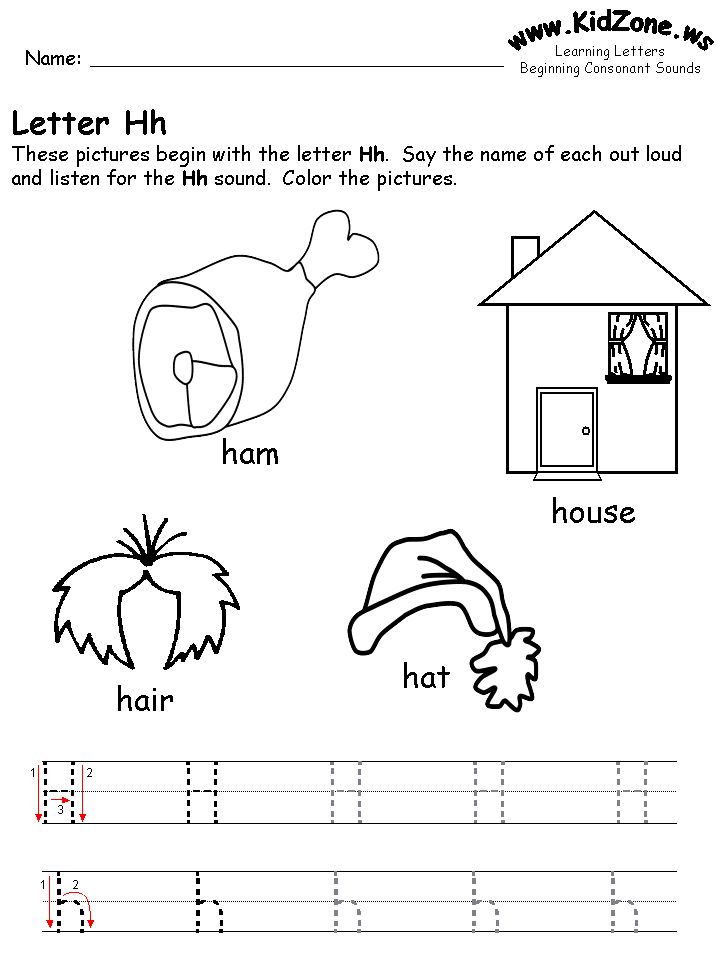
- Classes are held in a relaxed and fun atmosphere. nine0198
- Pull out the lips with a tube, as if pronouncing a long “U” sound.
- Smile broadly, stretching the vowel "I".
- Round the mouth with an "O".
- We pronounce soft syllables: re, rya, ri, ryo, ryu .
- Words with a soft "R" in the stressed syllable: reef, row, sailor, trousers, Greek, hide and seek, bed, time, mushroom, Bu-ren-ka.
- Words with a soft "R" in an unstressed syllable:
- Soft R sentences:
- A sailor looks at the shore.
- On the carpet sha-rik.
- Ku-ri-tsa Rya-ba is eating an egg.
- We pronounce solid syllables: ra, ro, ru, ry, re, er, yar, yur, ir, ar, op, ur, yr, yor.

- Words with a hard "R" in the stressed syllable: horn, no-ra, feather-ro, pie-horn, pond, mole, ditch, fish, mountain.
- Words with a hard "R" in an unstressed syllable: Ko-rob, yard, sickle, ber-loga, kurt-ka, park, var, Mur-ka, ru-ka, eraser-ka, ar-buz. nine0354 We pronounce small poems, riddles, tongue twisters.
At first, simple exercises are performed, but gradually the task becomes more difficult. For example, it is easier to pronounce soft sounds, then hard ones can be trained. You need to start with syllables, then move on to words with stress in a problem place. At the final stage, sentences with a set of problematic letters are studied.
You yourself will not notice how in a month the child will begin to repeat fragments of the text and tongue twisters.
Let's talk in detail about how to practice at home with the baby in order to captivate him and put him in the right mood. nine0014
Acquaintance with letters
From about the age of three, children are introduced to the first letters: someone reads poems to the baby, someone shows funny pictures. But it is best to learn the alphabet by pronouncing the sounds.
"Bae", "Ve", "Re" - at the first meeting, these letter names sound almost the same for a child.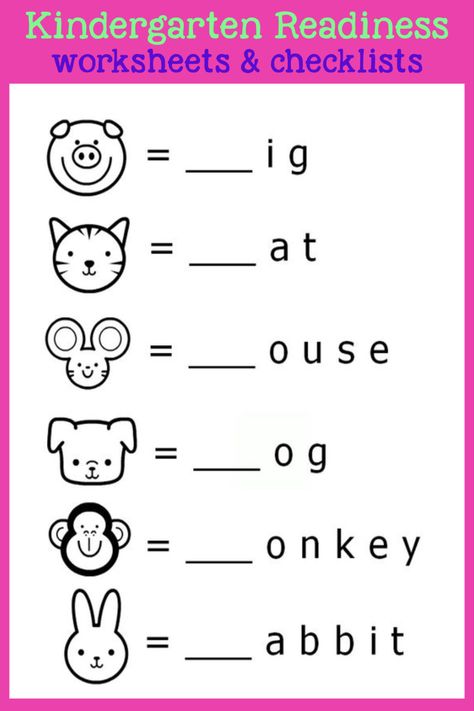 But the sounds are very different - not "Ve", but "V". And the soft form is "V". The voiced “D” and the barely audible deaf “T” sound differently.
But the sounds are very different - not "Ve", but "V". And the soft form is "V". The voiced “D” and the barely audible deaf “T” sound differently.
But it is not for nothing that the alphabet of the alphabet opens with a vowel. Vowels are easier to hear, feel, sing. Articulation develops well on these letters. For example, any speech therapist will start with gymnastics:
Pronunciation of vowels is a child's natural gymnastics
Have your child stand in front of a mirror and observe how the mouth rounds or the lips stretch when pronouncing a sound.
To keep your interest in letters alive, invent your own story for each of them. For example, the letter "A!" - about how someone got scared. Draw the right intonation to feel the potential of the letter.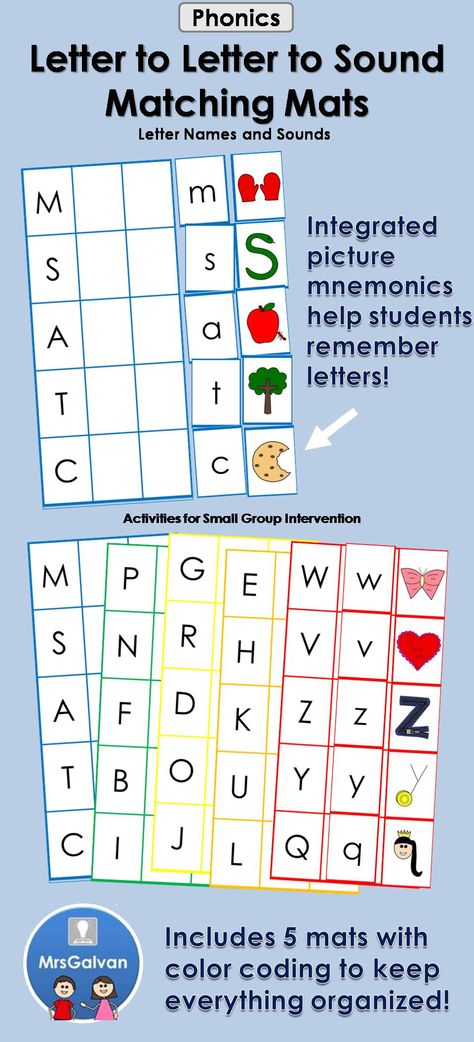 nine0014
nine0014
The letter "E" - mee-dlen-naya. There are even sayings for her: “you drive more quietly, you will continue”, “measure seven times, cut once”.
Consonant sounds are more difficult for children. "L", "R", "Sh" cause problems in pronunciation.
Consonants are soft and hard. Be sure to say both options with your child. Usually it is in soft sounds, for example, “l”, “r”, “t”, that the child correctly pronounces the syllable. Next, you can train hard consonants.
Logopedic gymnastics
Before an athlete runs cross-country, he must warm up. Doing gymnastics for the mouth before speech exercises is equally important.
While charging, the child will not be bored, because he will turn into different animals: a frog, an elephant, a hippopotamus, a dog and even a snake!
Find the right clothes or attributes to make your transformation even more interesting.
Every day, start warming up according to the suggested list of exercises.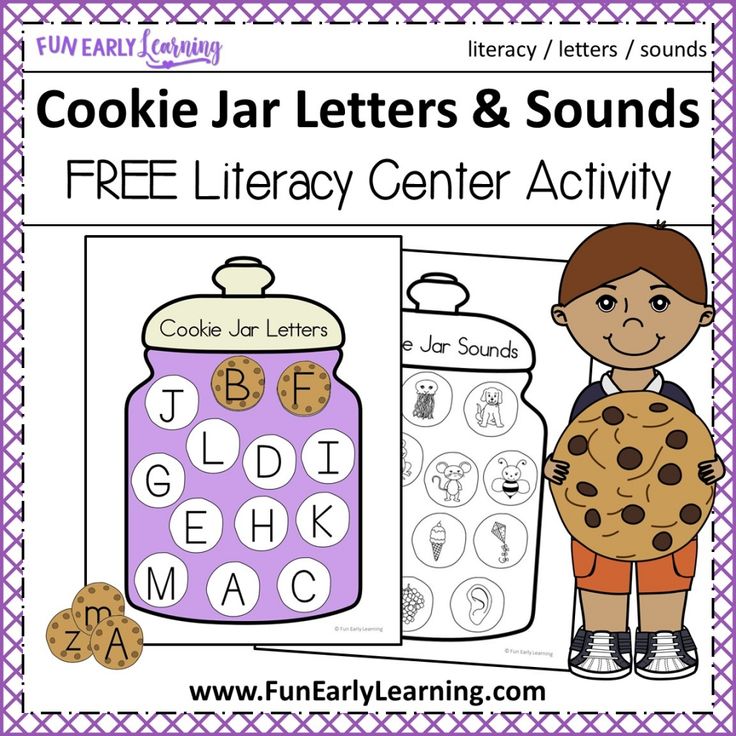
It is very exciting to imitate animals!
Exercise #1: Frog.
Close teeth and lips. Smile widely until it stops so that your teeth become visible. The child holds the position while the mother counts to five, then relaxes. Repeat 3-5 times.
Exercise #2: Baby elephant.
Close teeth and lips tightly. Stretch your lips forward with a tube like a trunk, as if saying the letter "u". Hold the position for a count of five, relax. Repeat 3-5 times. nine0014
Exercise #3: The frog met the baby elephant.
The previous exercises alternate: stretch the lips in a wide smile, return to their original position, then stretch them out with a tube, return to their original position. Repeat in a row 6-8 times. It's more fun if the mother says to the child as they complete: Frog! Baby elephant! Frog! Baby elephant!
Exercise #4: Behemoth.
On the count of "one" - the child opens his mouth wide, on "two" - closes it.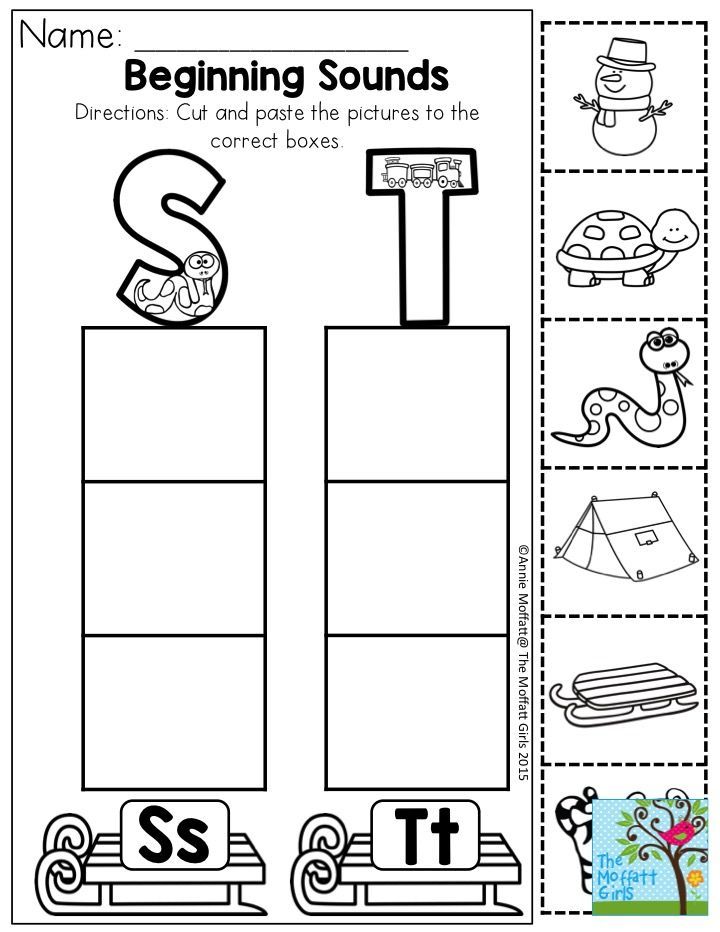 Repeat 5-6 times. nine0014
Repeat 5-6 times. nine0014
Exercise #5: Doggy.
Ask the child to smile and open their mouth. Put the tongue on the lower lip in a relaxed state. Mom counts to five, then you can return to the starting position.
Exercise No. 6. Snake.
Smile and open your mouth. Gently pull out a sharp tongue, similar to a sting. Do not bend the tip of the tongue up. Repeat the exercise 3-4 times.
While exercising, keep an eye on the correct execution of the exercises, otherwise keep the form of the game. If the child starts barking during the “dog” or “dive into the swamp” exercise, imitating a hippopotamus, do not spare time for this. It is important to maintain interest in speech therapy gymnastics in the following days. nine0014
Putting sounds through exercises and games
Immediately after the articulation warm-up, deal with problematic letters.
First practice those sounds that the child sometimes gets, but are not pronounced correctly in normal conversation.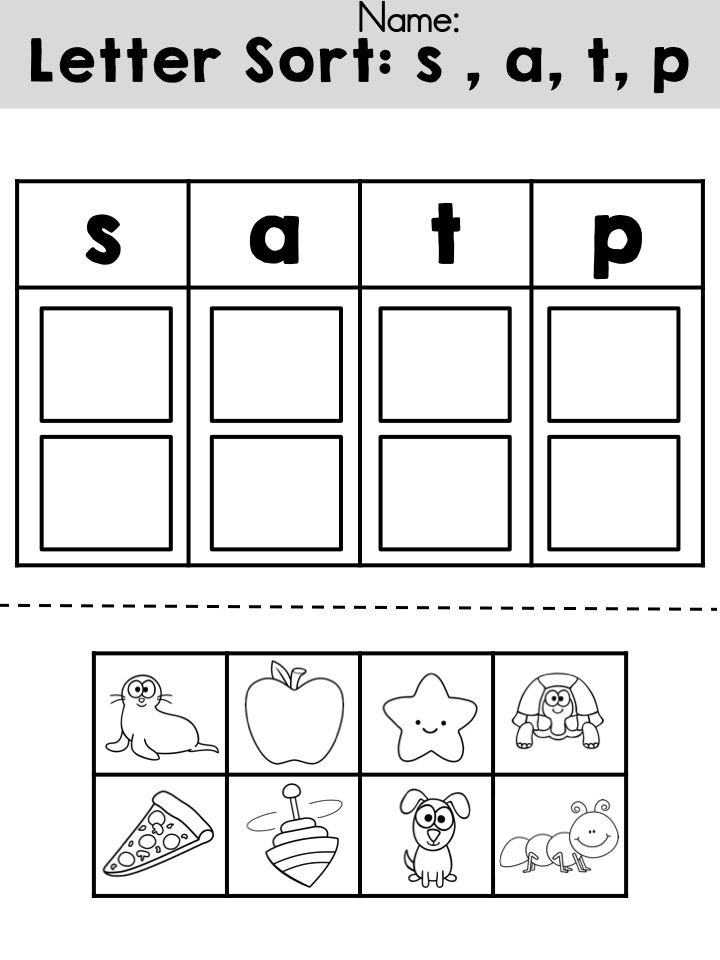 When the child takes up these sounds, he will begin to get those that he did not pronounce at all. The kid will learn to speak his language, he will listen to his speech.
When the child takes up these sounds, he will begin to get those that he did not pronounce at all. The kid will learn to speak his language, he will listen to his speech.
Let's look at how to work with a problematic sound, using the example of the letter "P". We move from simple to complex. nine0014
The road to the sea is far,
But the river will not get lost.
Riddle:
Shines in the clear river
Silvery back.
(Fish)
Patter:
Grass in the yard, firewood on the grass.
End with a fun game. It is effective because it motivates the child to speak. Each correctly pronounced word opens up new opportunities for him - to move or play pranks. Good mood guaranteed! nine0014
Good mood guaranteed! nine0014
The essence of the game : the baby tries his best to clearly pronounce the sound in the verbs. 2-3 attempts are given for each word. The child can perform only those actions where he managed to pronounce the problematic letter.
So, we pronounce the verbs:
For the letter "P".
Soft sounds: look, talk, hide, quack, give, shake, sit down, bring, grunt. Hard sounds: jump, growl, grow, cover, drop, tell, feed, dig, take. nine0014
For the letter "L".
Soft sounds: lying, walking, flying, climbing, looking, wallowing, coughing, spreading, flipping.
Solid sounds: Climbing, barking, stroking, crying, swimming, crawling, clapping, folding, smiling.
Hissing sounds:
Hard - “Sh”: whisper, make noise, hiss, step, rustle, crumble, hurry, eat, breathe.
Soft - "Sh": squint, tickle, chirp, wince, feel, drag, click, clean, pull.